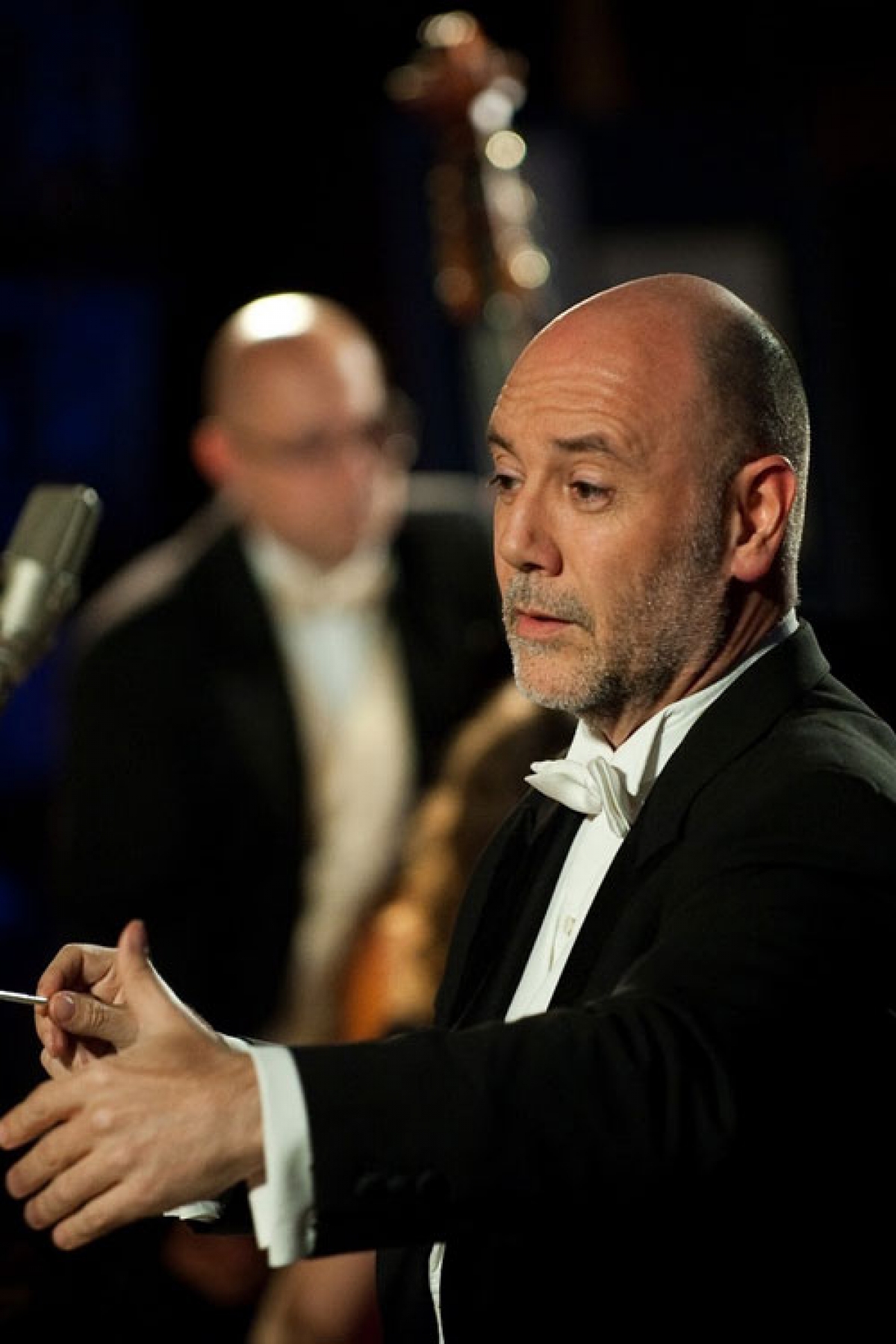
Miquel Ortega
In the history of art, there have always been cycles; as of music, a relatively young art, on the one side, we have seen periods of great simplicity and on the other side, ones bearing considerable characteristics of baroque: the two of these almost always alternating. The era of baroque was followed by the classic one, as a natural consequence of the saturation by complicated, contrapuntal works which gave way to a gallant style and a simple accompanying melody. Mozart has demonstrated that simplicity is not the enemy of quality. The 20th century and the beginning of the 21st century offer us a somewhat strange picture. Practically, from 1900 until our times, there has been more diversity of musical styles than from 1500 until 1900. Just a single composer like Stravinsky passed through various changes in style during his long life.
Nowadays, two opposite schools coexist (surely, there are much more but they all could be included into two main streams); one of them is totally atonal and baroque, even over elaborate, and the other one bears great transparency and represents a return to tonality, even to modality. In some occasions, this 2nd school does not exclude atonality but does this in a very different way. Poulenc said that he intended to write the less notes possible, this way attributing to him a return to simplicity. Minimalists of our age belong to this extreme and without trying to question quality; it seems that they are more favoured by the audience (to whom music is actually addressed) than those who reserve atonality without concessions.
In "ECUMENICON", Yuri Chuguyev appears to be near to the minimalists without being excessive. His world of sound is tonal and modal, simple and primitive which in its case should be considered as praise. His style is clear and direct; his command over percussions makes the rhythmic component in his works very important, and the variety of the metrics, of the meters of amalgam (those combining binary and ternary elements) add something attractive to his motives of simples appearances.
In "ECUMENICON", it is worth highlighting the inventiveness of Chuguyev in which cutting down on tools becomes a great virtue. He has learnt this from great masters like Mozart, Verdi or Britten, just to name the three greatest composers of the 18th, 18th and 20th centuries, respectively, who among many, excel in this. In this work, we find passages "to the chapel" of the choir, complete or in sections, instrumental passages (with just three percussionists), colourful solos, with a skilled usage of various instruments passing from melodic moments through lira, vibraphone, marimba and xylophone (instruments of a definite sound) to other purely rhythmic ones with all the variety of the disposable accessories of undetermined sound.
This duality of lyric moments combined with ones of great energy from which the above discussed primitivism emerges, is also characteristic of the choir. These latter moments use consecutive fourths and fifths.
"ECUMENICON" is a religious piece which easily could become to be listed in the repertoire of the beginning of the 21st century.
Miquel Ortega
Composer, orchestra conductor and pianist.

